From elevated gastronomic experiences to cheap and cheerful street food snacks, the small island of Taiwan boasts a vibrant dining scene – though it’s divided when it comes to its food. In general, you’ll find that the north (Taipei) is more of a haven for savoury dishes while the fare in the south (Tainan, Kaohsiung) tends to be much sweeter. There are also significant regional variations in cooking style, ingredients, and overall food culture.
On your next trip to Taiwan, China, keep an eye out for these six traditional eats at night markets, street stalls and restaurants from the north down to the south – you'll be surprised by how the flavour profile of one dish can change so much as you traverse the island.
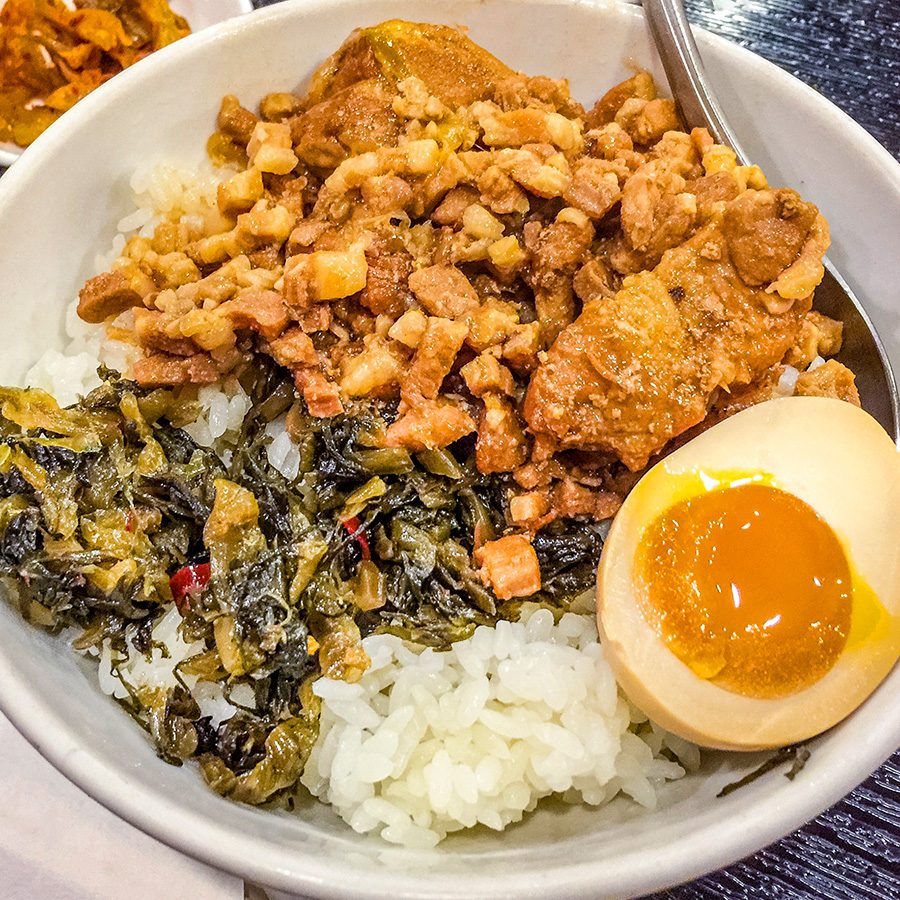
Credit: Digi Pub/Getty Images
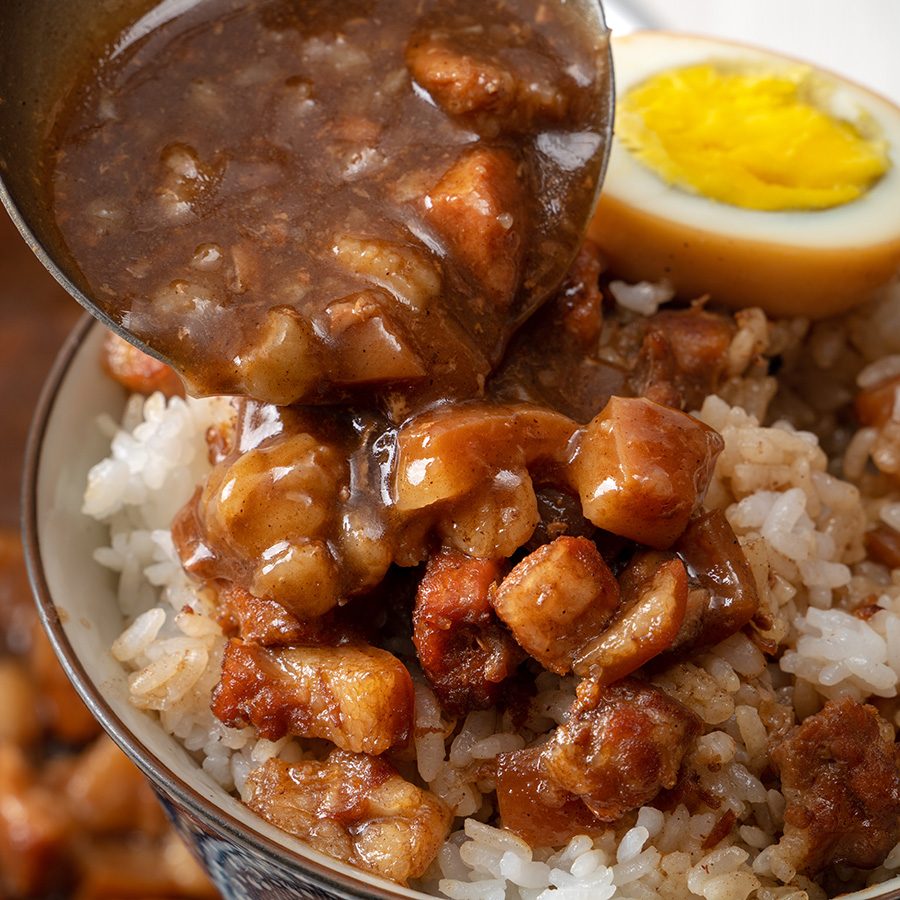
Credit: Yamis Handmade/Getty Images
Braised pork rice
Braised pork rice is a household name in Taiwanese fare, but it’s known by different names in the north and central regions (loh bah png) and the south (bah so png). The topping of the northern-style rice bowl is braised pork cooked with soy sauce and red shallot, stir-fried to reduce the jus – the meat is crunchy and flavoursome. Its Southern cousin, however, sees the meat braised for much longer, and is marinated with five spice powder, ground pepper, rice wine, dried shrimp and other seasonings. The gravy is fattier, packed with minced meat and full-bodied flavour.
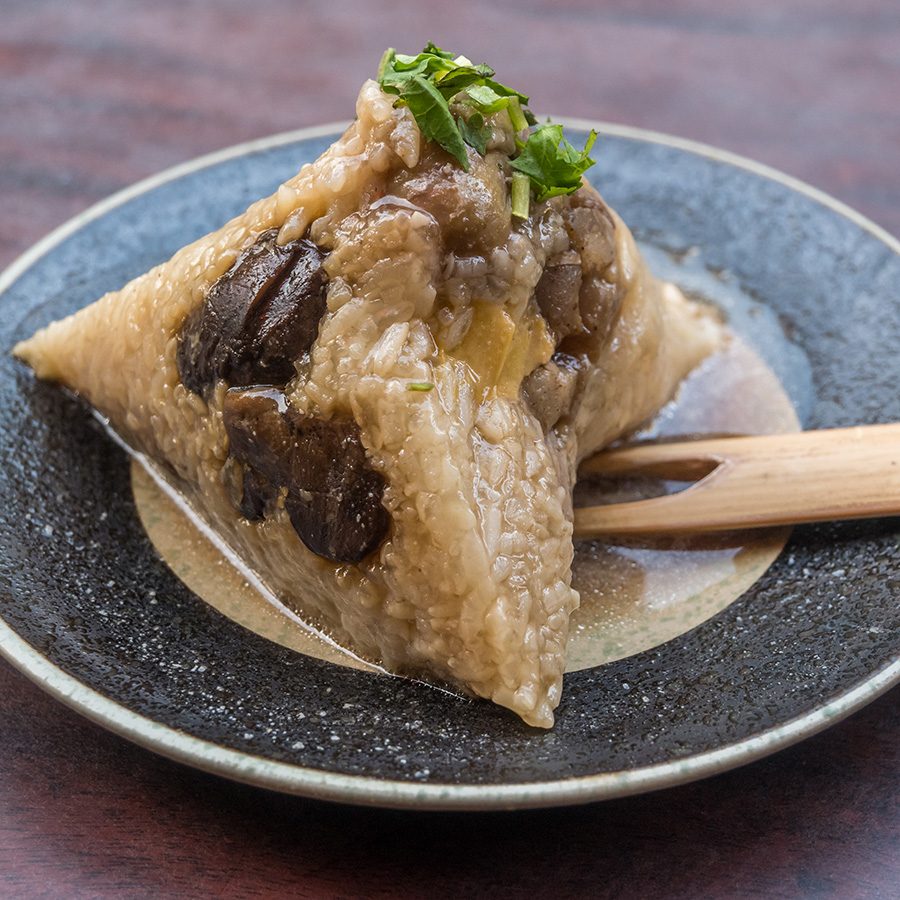
Credit: Danica Chang/Getty Images

Credit: Tommy Tang/Getty Images
Sticky rice dumpling
In Taiwan, the staple sticky rice dumpling, which is often served during the Dragon Boat Festival, is prepared differently across the north-south divide. The northern version is prepared by frying long-grain glutinous rice with pork belly, dried shiitake mushroom and salted egg yolk before steaming it in bamboo leaves. The grains absorb the fat and savoury flavours of the ingredients, becoming somewhat similar to Taiwanese sticky rice. The southern version, on the other hand, combines long- and short-grain glutinous rice which is soaked, mixed with other ingredients and hard-boiled in water. This light and fluffy dumpling is completed with your choice of dressing (or dressings).
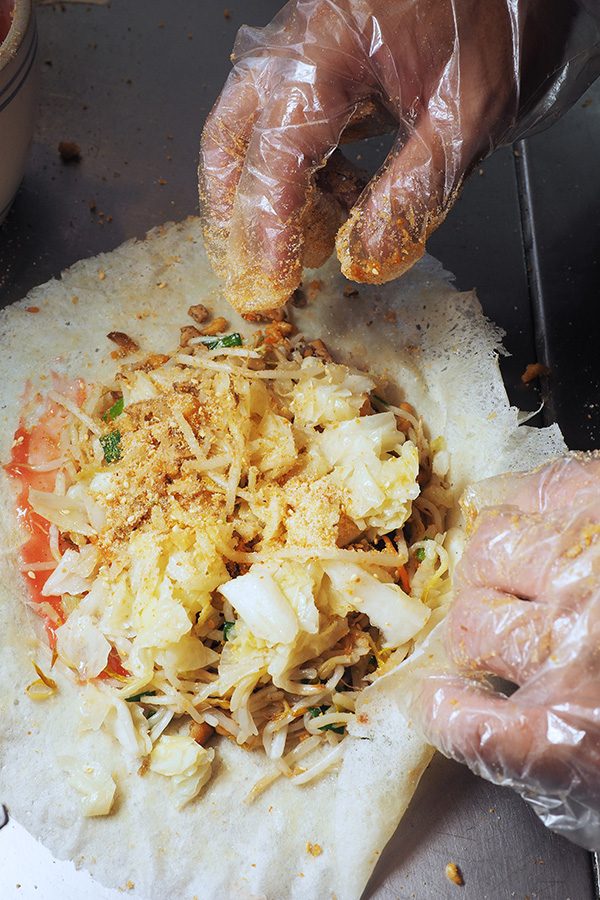
Credit: Lcc54613/Getty Images
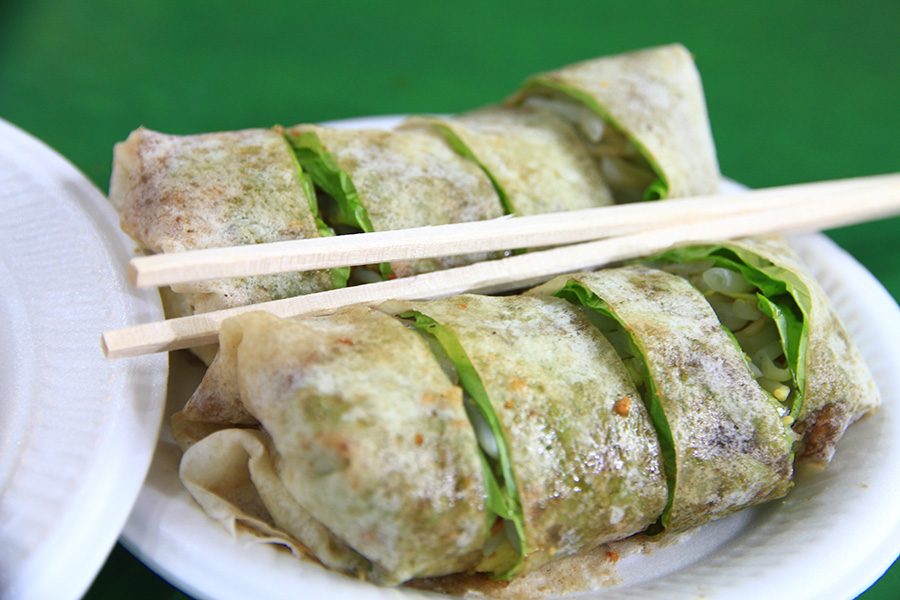
Credit: Simon Photos/Getty Images
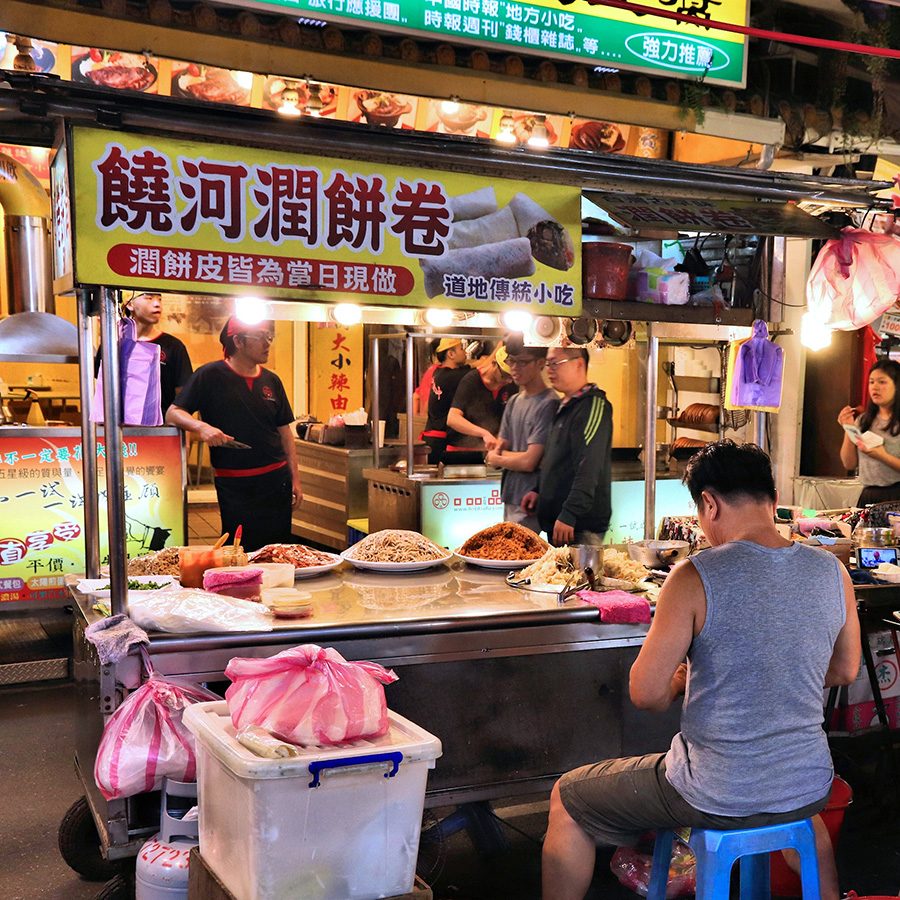
Credit: Tupungato/Getty Images
Popiah
Also called the Taiwanese spring roll, the popiah is a cradle for creative and personalised fillings. People from the north like to fill it with cabbage, bean sprouts and shredded carrots – the roll is then cooked in water and served with egg floss, dried bean curd and plain peanut flour, all of which keep the popiah light and soft. Popiah in southern Taiwan, meanwhile, is more of a substantial meal, with hearty fillings like fried noodles and sausage. The ingredients are stir-fried, and the crust is coated with sugary peanut flour: the perfect balance of sweet and savoury.
Culturally, popiah is eaten right before and during the Chinese New Year in northern Taiwan, while southern popiah is eaten to celebrate Qingming Festival.

Credit: Ivan/Getty Images
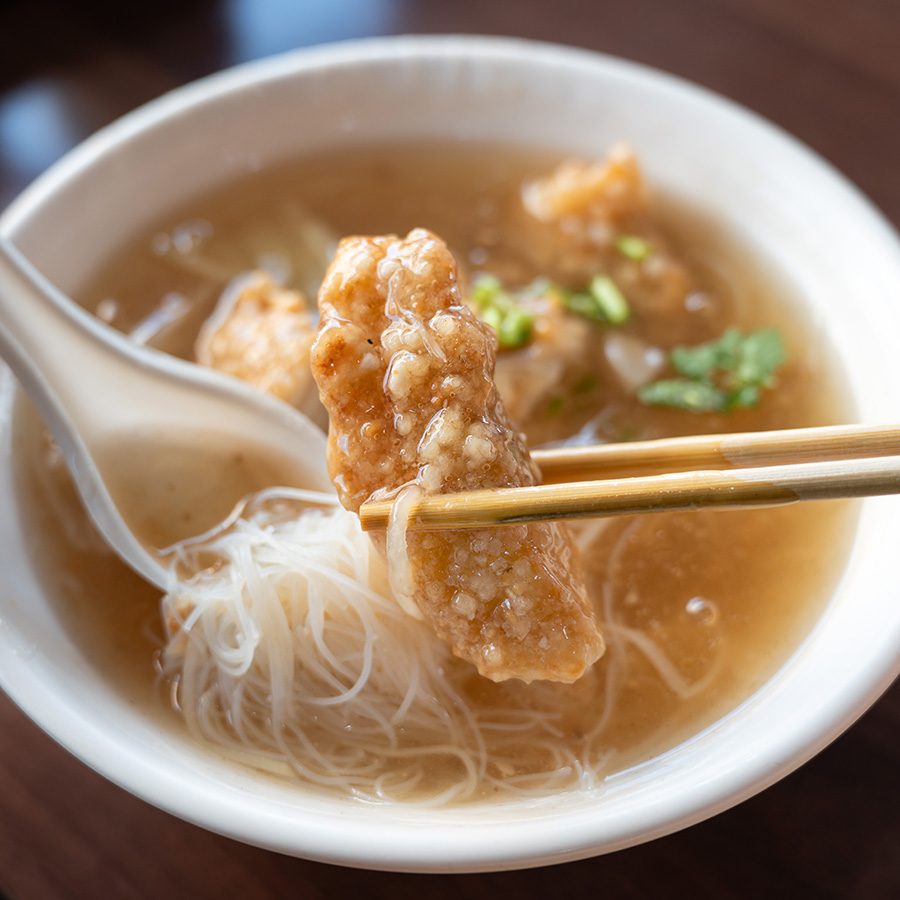
Credit: Insjoy/Getty Images
Rice vermicelli soup
You’ll often find this comfort food in night markets as well as street-side stalls. In the northern version, the vermicelli is short and wide, with some resemblance to Hakka rat noodles. These soft noodles are served in an aromatic pork bone soup garnished with Chinese celery and white pepper. The soup base in the south, however, is cooked with seafood and the noodles are served al dente, with full-flavoured toppings such as meatballs and squid.
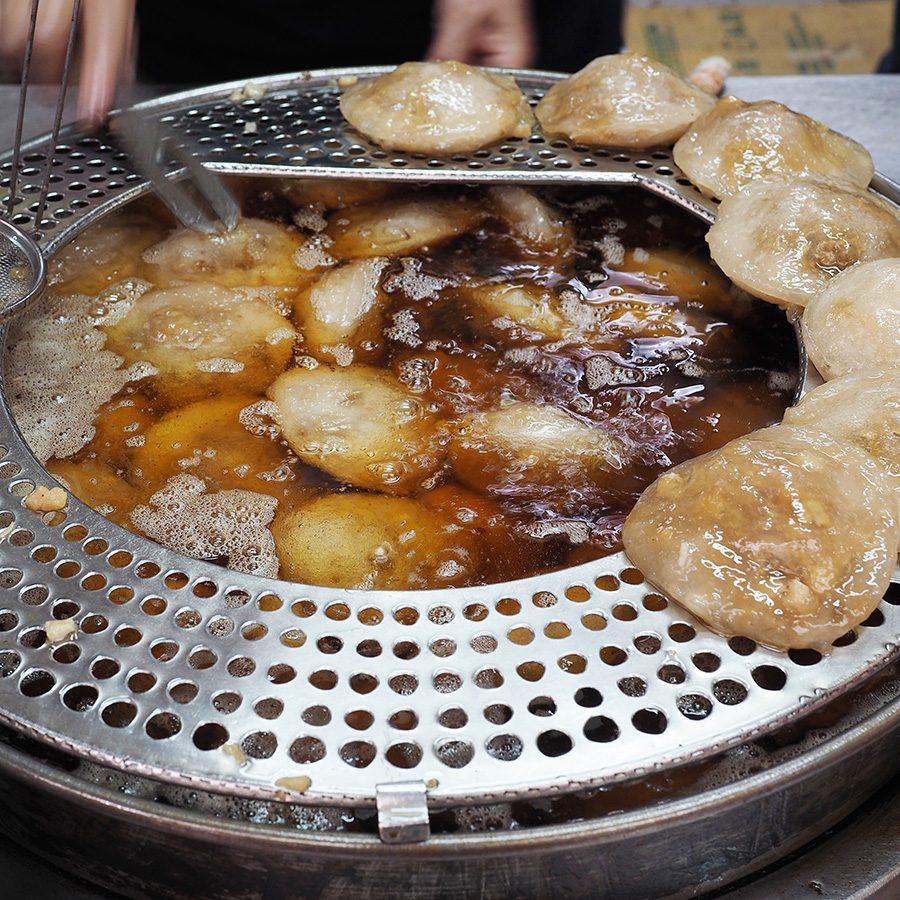
Credit: Lc54613/Getty Images
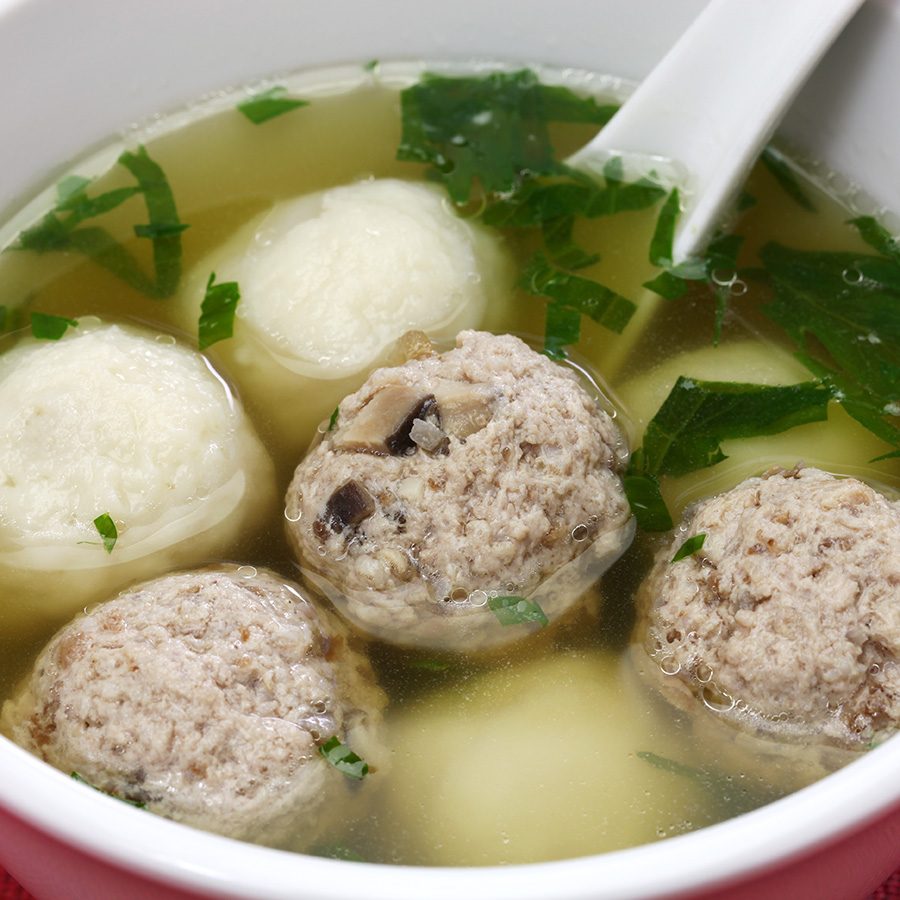
Credit: Bon Chan/Getty Images
Taiwanese meatball
This Taiwanese street food has many regional variations and can be found in areas like Jiufen, Taichung and Pingtung. The northern version is all about heat control – the meatballs, a mixture of bamboo shoots, egg yolk and chunks of meat, are deep-fried in hot oil and served with condiments like mashed garlic, sweet soy sauce and chilli paste. Its southern counterpart is a small, tender steamed patty with whiskered velvet shrimp as filling.
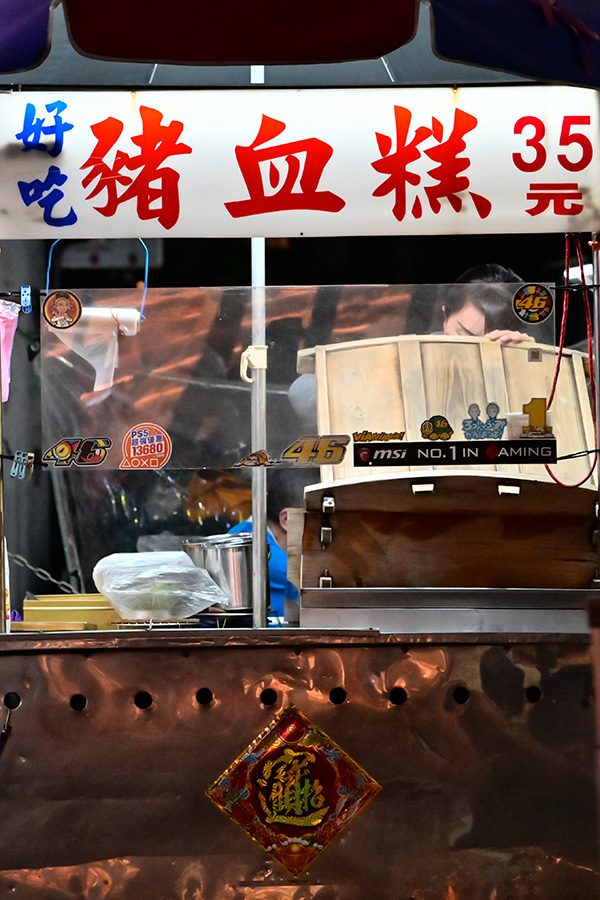
Credit: Moment Capsule Photography/Getty Images
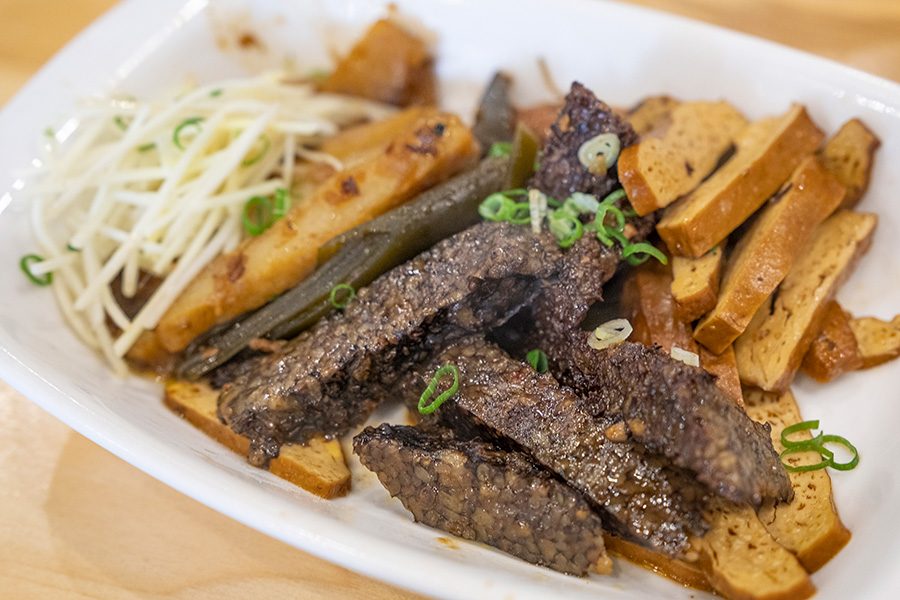
Credit: Ivan/Getty Images
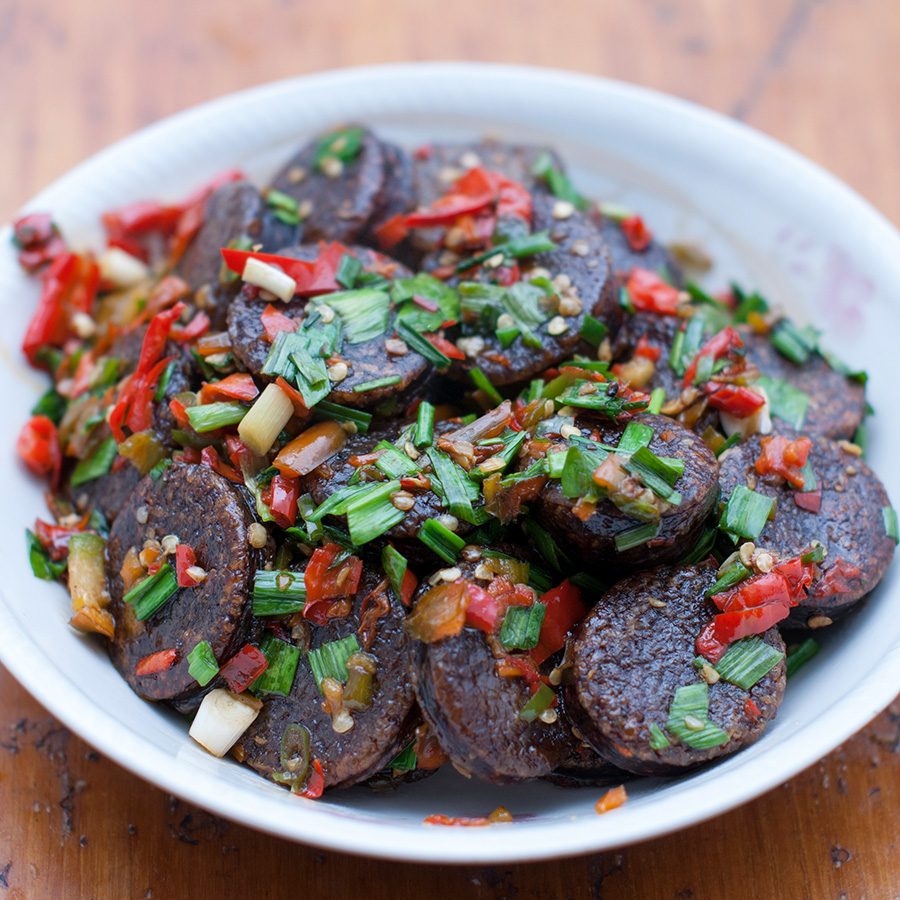
Credit: Mcmr/Getty Images
Taiwanese black pudding
Taiwanese black pudding goes by different names in the two regions, partly due to a difference in ingredients – the northern version uses pig blood (and is referred to as pig’s blood cake) and its southern cousin, duck blood (duck’s blood cake). Up north, it’s steamed and served with soy sauce, coriander and lots of peanut powder, whereas people in the southern counties like to cook it to al dente in broth and eat it with shredded ginger and soy sauce.
More inspiration
Taipei travel information
- China – the Chinese Mainland, Hong Kong SAR, Macao SAR and Taiwan Region
- Hong Kong SAR - English
- Chinese Mainland (China) - English
- Taiwan, China - English
- 香港特別行政區 - 繁體中文
- 中国內地 - 简体中文
- 中國台灣 - 繁體中文
- Africa
- South Africa - English
- Asia
- Bangladesh - English
- Korea - English
- Singapore - English
- Cambodia - English
- 한국 - 한국어
- Sri Lanka - English
- India - English
- Malaysia - English
- Thailand - English
- Indonesia - English
- Maldives - English
- ประเทศไทย - ภาษาไทย
- Indonesia - Bahasa Indonesia
- Myanmar - English
- Vietnam - English
- Japan - English
- Nepal - English
- Việt Nam - tiếng Việt
- 日本 - 日本語
- Philippines - English
- Australasia
- Australia - English
- New Zealand - English






.renditionimage.450.450.jpg)


